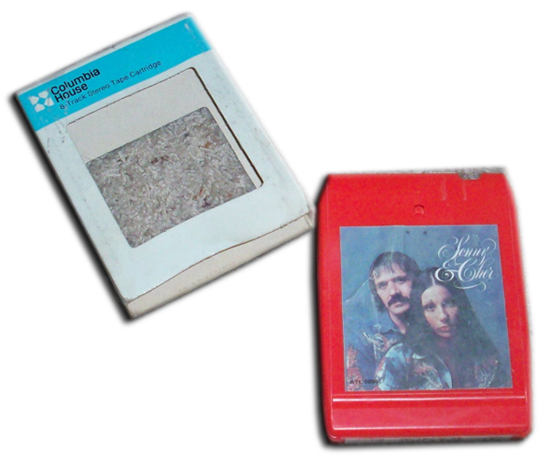William Lear
by Andrew Boyd
Today, reaching for the sky. The University of Houston's College of Engineering presents this series about the machines that make our civilization run, and the people whose ingenuity created them.
What motivates inventors? For many it's the sheer joy of inventing. But for a small few it's an all-consuming, maniacal drive — a desire to change the world and to be recognized for doing so.

William Lear was born in Hannibal, Missouri, in 1902. By the age of twelve he'd made three resolutions. First, "to make enough money so [he'd] never be stopped from finishing anything." Second, "that to accumulate money in a hurry '[he'd] have to invent something' people wanted." And third, "if ever [he] was going to stand on [his] own feet, [he'd] have to leave home." Upon completing eighth grade, he did just that. Lear lied about his age and joined the Navy where he was introduced to electronics, wireless radio, and aviation.
Lear's list of inventions is remarkable. After purchasing a minority interest in a small manufacturing firm, he and a partner developed what's widely considered the first real car radio. Today it seems a match made in heaven, but the company's president initially rejected the idea. He later relented, marketing the radio under a catchy new name. The radio proved so successful, the company took the name of the product: Motorola.
Years later, Lear would lead a consortium of companies developing a music playback system suitable for bumpy rides. Car drivers of the sixties and seventies knew it as the 8 track tape player. For the first time, drivers had a convenient way to listen to prerecorded music.

Lear developed one of the first radio based direction finders for aircraft, known as the Lear-O-Scope. He invented the Learmatic Navigator, an early autopilot navigation system. Further efforts on autopilot systems for the military led to an award from President Harry Truman. All totaled, Lear held well over 100 patents. Yet, for all of his accomplishments, he's best known for building and marketing the small business jets that bear his name.

Lear lived his life flat out. In 1965, Fortune magazine described him as "a man with an inexhaustible supply of internal fuel." Most of that fuel powered his business pursuits, but Lear was also known to play hard. For years he kept a table and entertained at New York's fabled Stork Club, which he referred to as his 'night office.'
To admirers Lear was a character; a genius entrepreneur; an unstoppable force of nature. To detractors he was just a difficult know-it-all. But there's no argument that he was a self-educated, self-made man whose inventiveness and ambition drove him to reach for the sky.
I'm Andy Boyd at the University of Houston, where we're interested in the way inventive minds work.
[Audio: Frank Sinatra's Come Fly With Me]
Notes and references:
Many thanks to listener John Baker for bringing William Lear to my attention.
C. W. Carey, Jr. William Powell Lear. In: American Inventors, Entrepreneurs, and Business Visionaries. New York: Facts on File, Inc., 2002.
D. Close. Love Him or Hate Him, Bill Lear was a Creator. From the Wings Over Kansas Website: http://www.wingsoverkansas.com/profiles/article.asp?id=103. Accessed January 24, 2012. The article originally appeared in the Wichita Eagle, April 29, 1985. The Fortune magazine quotation is taken from this article.
'Queen Lear,' Time, July 7, 1980.
Scanning Our Past: William P. Lear and His Contributions to Radio and Aviation. Proceedings of the IEEE 91(12), December 2003.
The picture of William Lear is from the San Diego Air and Space Museum Archives Commons project and is in the public domain. The picture of the 8 track tape has been modified, but the original is from the flickr Website and is in the public domain. The picture of the Learjet is from the Web site of Bombardier, Inc., which now manufactures the Learjet.
This episode was first aired on January 26, 2012